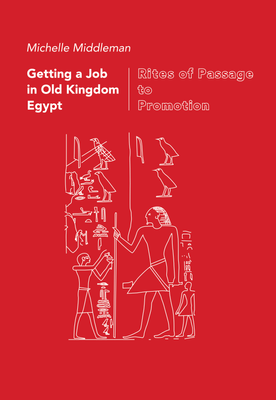Our Latest Books
Forthcoming Books
Agents of Punishment in the Ancient Egyptian Books of the Afterlife: The Amduat, the Book of Gates, the Book of Caverns, and the Book of Earth (2025)
This book explores the agents of punishment in four New Kingdom Netherworld Books — the Amduat, the Book of Gates, the Book of Caverns, and the Book of Earth. Through meticulous textual analysis, complemented with reference to the iconography of the Netherworld, this work presents a comprehensive study of these agents, their categorisation into groups according to the god for whom they executed punishment, the epithets accorded to them, and the role that they ultimately played in the Solar-Osirian unity and the re-birth of the sun god.
Ramesside Inscriptions. Translated and Annotated: Translations, Volume IX (2025)
This edition of translations is the companion to Dr Roberson’s Ramesside Inscriptions: Historical and Biographical, vol. IX (Abercromby Press, 2018), a collection of hieratic and hieroglyphic documents, which have been published since 1989, when the final text volume of Kenneth Kitchen’s Ramesside Inscriptions: Historical and Biographical series first appeared. The content of these 385 texts spans the full chronological range of the Ramesside Period, from Ramesses I through Ramesses XI. The subject matter is heterogeneous, including documents relating to local administration, state-sponsored construction, execution of criminals, military actions, and the accession and death of kings, among others.
The Mastabas of Itysen, Noferherenptah & Sewer. Giza Studies, Volume 2 (2025)
Volume 2 of Giza Studies examines three wholly or partly rock tombs/mastabas hewed in a ridge of rock, which presumably resulted from earlier cutting of stone for the construction of nearby pyramids. This part of the cemetery was excavated by Selim Hassan in 1933–1934 and published in 1944. Evidence presented by the present authors clearly suggests that the three tombs were close to each other in date, late in the Fifth Dynasty, and their owners may have all been related; at least two of them, Noferherenptah and Itysen, were probably father and son.
From the Horizon of Thebes. Studies in Honour of Tamás A. Bács (2025)
A collection of thirty-four essays in celebration of the life and career of Professor Tamás Bács.



